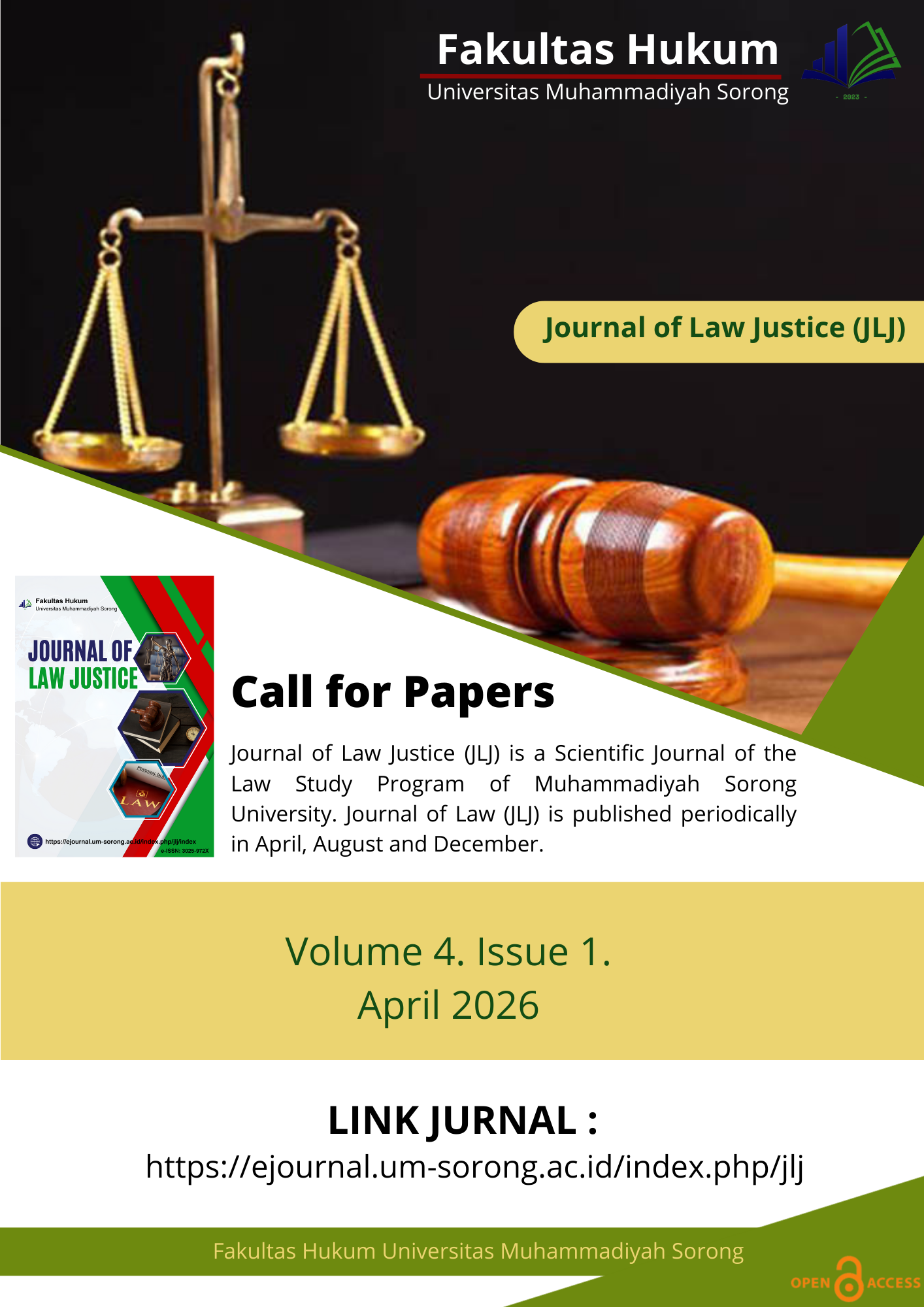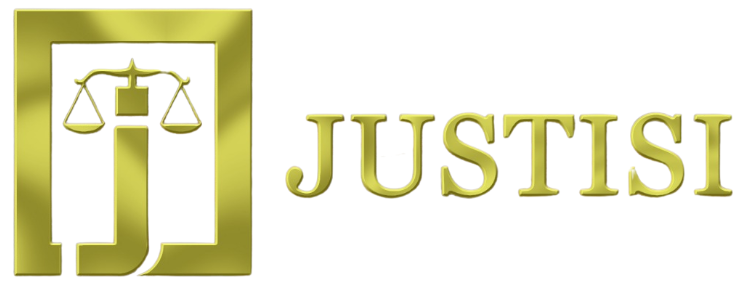Implementation of Complete Systematic Land Registration (PTSL) at the Land Office Sorong Regency
DOI:
https://doi.org/10.33506/jlj.v2i1.3286Keywords:
Complete Systematic Land Registration (PTSL); Land Certificate; Legal Certainty.Abstract
This research aims to determine the stages of implementation of Complete Systematic Land Registration (PTSL) at the Sorong Regency Land Office regarding PTSL in 2022, which will be conducted in the Salawati District, Rawasugi Village. Apart from that, it is also to find out the obstacles faced by the Sorong Regency Land Office in implementing the program. This research was conducted using empirical methods, such as interviews with the PTSL Adjudication Committee and studying PTSL documents, and then analyzed using the qualitative description method. The findings obtained from this research are that the Complete Systematic Land Registration (PTSL) in 2022, which will be conducted in Rawasugi Village, will be conducted in several stages, namely the planning and determination; preparation; formation and determination of the PTSL adjudication committee; counseling; a collection of physical and juridical data; researching juridical data; announcements; granting rights; bookkeeping; publishing; submitting results and reporting stages. Even though the PTSL in Rawasugi Village has been completed 100%, its implementation still has several obstacles, such as limited Human Resources, difficulties in implementing the principle of delimitation contradictions, unclear customary territory boundaries, unavailability of high-resolution image maps, and customs duties. The Acquisition Duty of Rights on Land and Building is payable.
Downloads
Published
How to Cite
Issue
Section
License
Copyright (c) 2024 Erlin Kurnia Fatma, Kristi W. Simanjuntak, Dwi Pratiwi Markus

This work is licensed under a Creative Commons Attribution-ShareAlike 4.0 International License.







